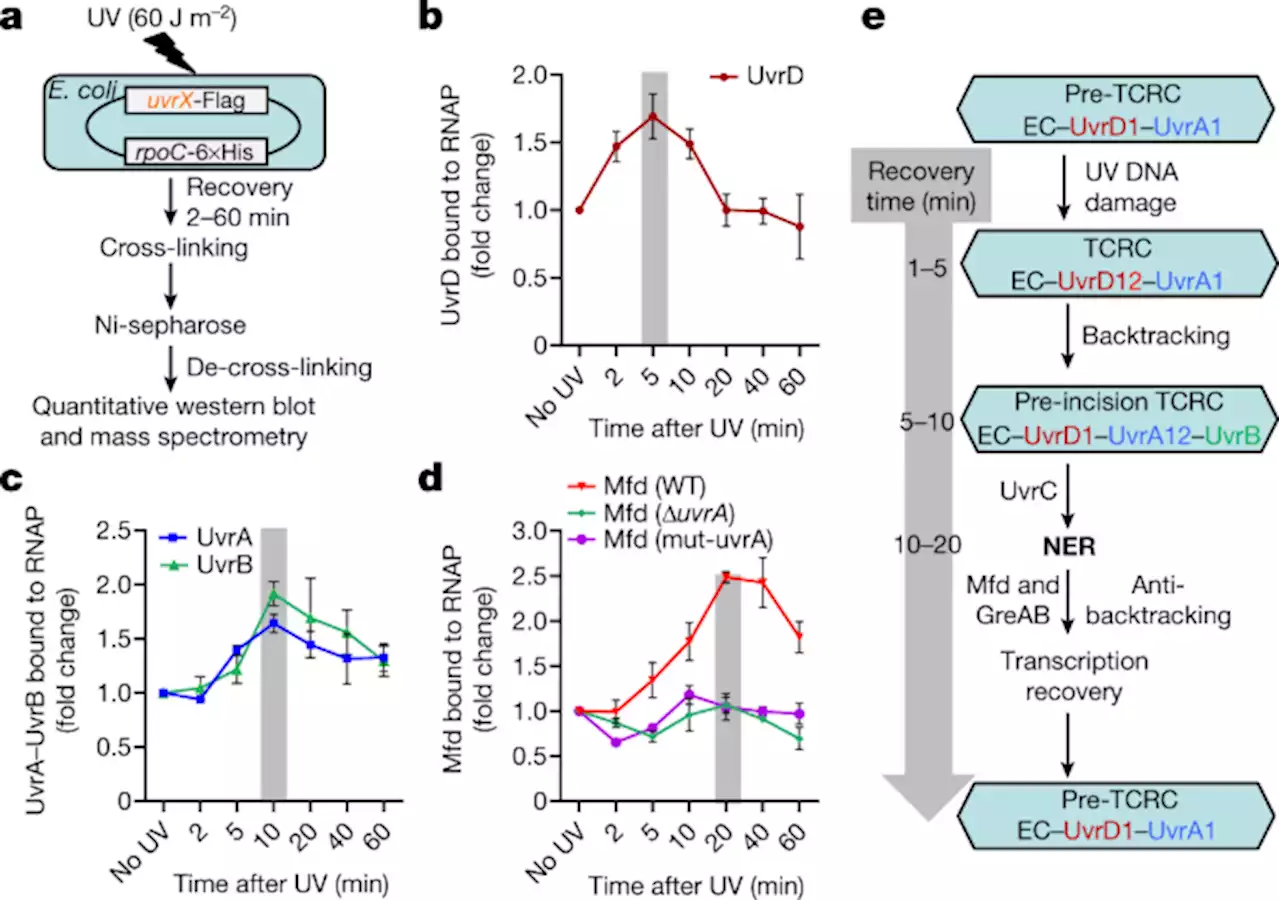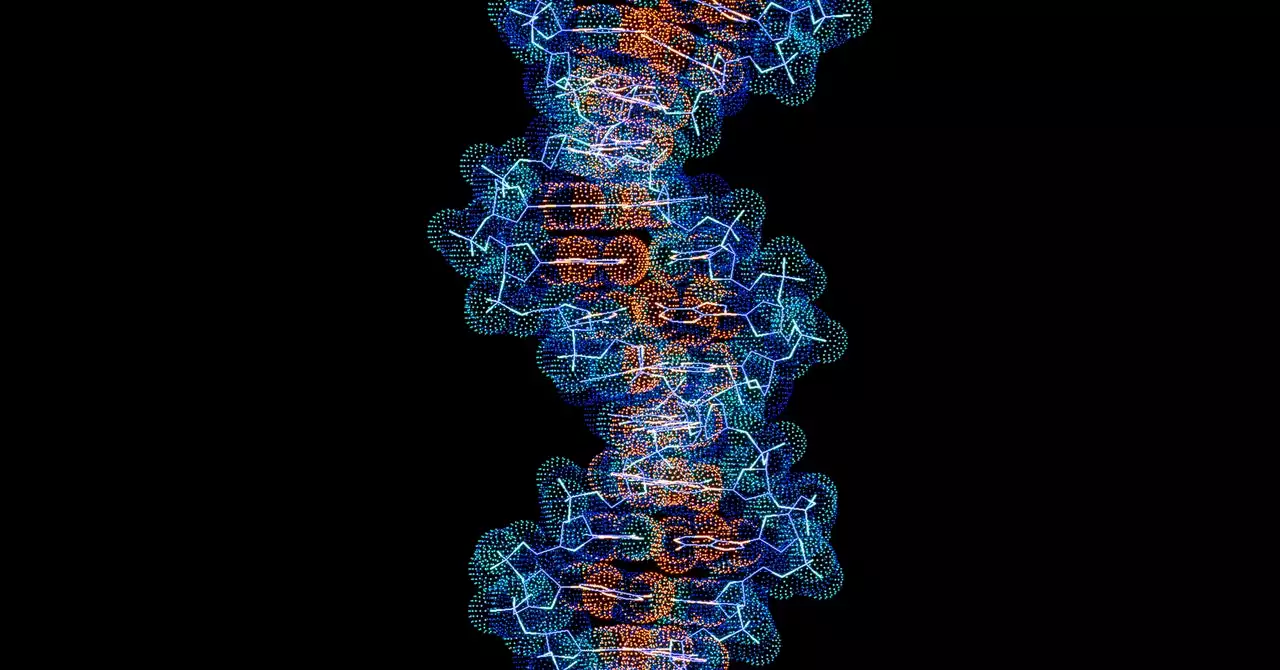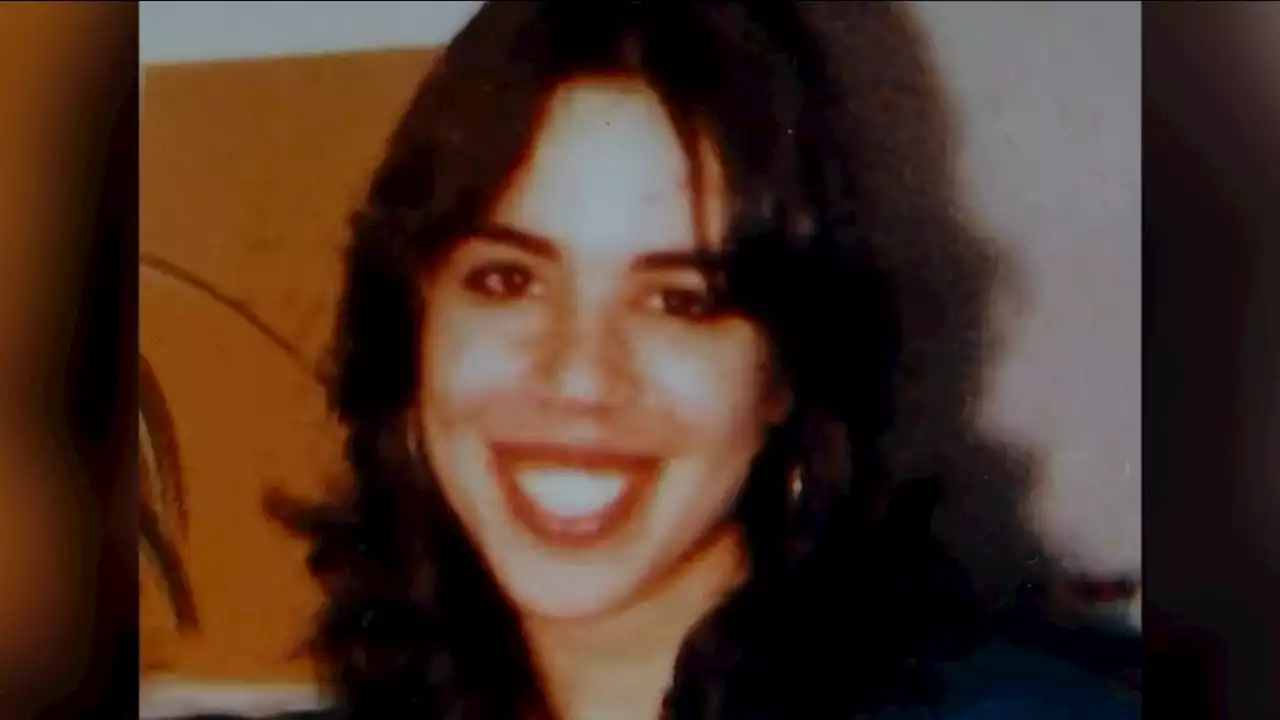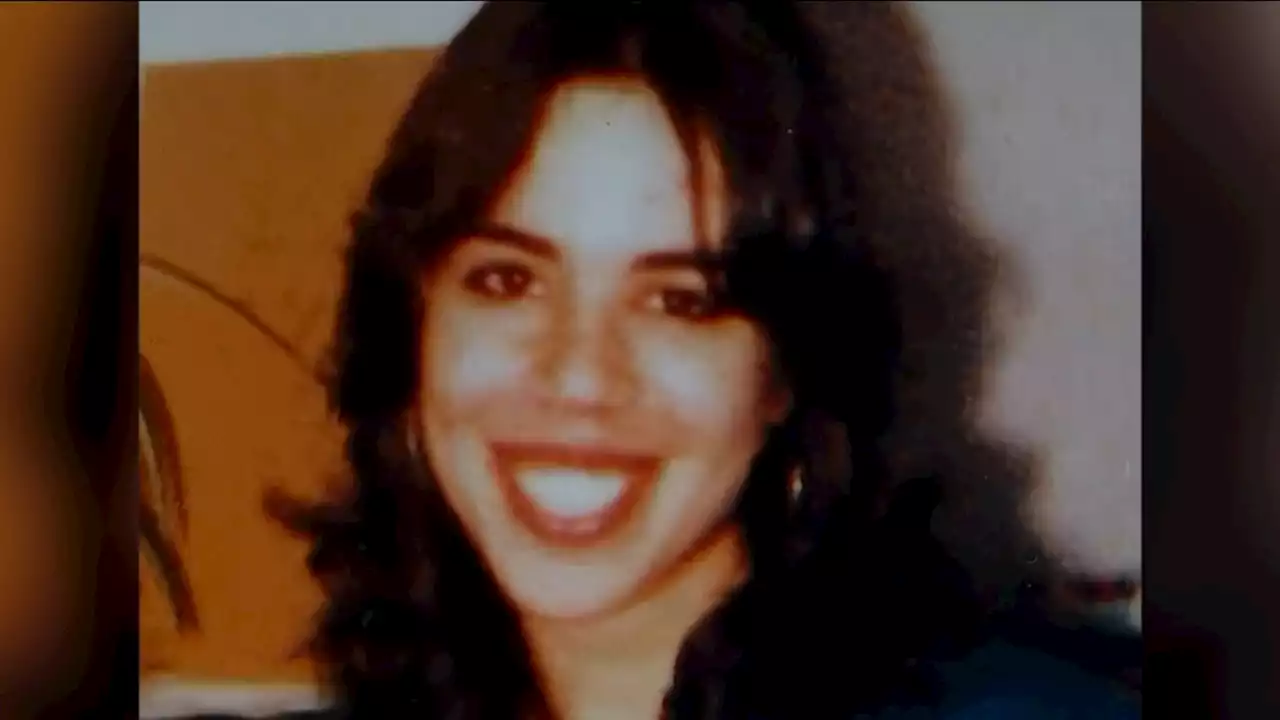The first attempt at sequencing the human genome left about 200 million bases of DNA—8% of the human genome—untouched. Now, an international grassroots effort has sorted out those hard-to-read bases, producing the most complete human genome yet.
, leaving just 10 million bases and the Y chromosome only roughly known. And today, the T2T consortium announced in a tweet it had deposited a correct sequence assembly of the missing Y.bioinformaticist Ewan Birney
But Karen Miga and Adam Phillippy wanted to do better. Miga, a geneticist at the University of California, Santa Cruz, yearned to learn the exact sequences of the distinctive “satellite” DNA that helps form centromeres. Meanwhile, Phillippy, a bioinformatician at the National Human Genome Research Institute, was busy harnessing new sequencing technologies that could read very long stretches of DNA, reducing the need to piece together shorter sequences.
The approximately 200 million bases finally in the right order and in the right place include more than 1900 genes, most of them copies of known genes. The researchers cataloged duplicated regions and mobile elements—genetic material from viruses that became incorporated into the genome. In sequencing each centromere, they learned the duplicated regions vary greatly in size, unexpected because these knobs serve the same purpose in each chromosome.
Short arms are likely hotspots for gene evolution, Phillippy notes, as gene copies parked there are free to mutate and take on new functions. The catalog of duplications could also shed light on neurological and developmental disorders, which have been linked to variations in the number of copies of specific sequences. Chemical modifications to the DNA in the complex repetitive areas likely play a role in disease as well, and those changes have been mapped.
The genome’s Y chromosome came from Peshkin, and the rest of the DNA sequenced by the Telomere-to-Telomere Consortium comes from a so-called molar pregnancy, a uterine growth that results on rare occasions when a sperm enters an egg that has no chromosomes. The fertilized cell can copy the sperm’s 23 chromosomes, creating two identical sets, and begin to replicate.
United States Latest News, United States Headlines
Similar News:You can also read news stories similar to this one that we have collected from other news sources.
 Retrial begins in second “Hammer Killer” case based on DNA link to 1984 slayingThe retrial of Alex Ewing in a nearly 40-year-old Lakewood murder case got underway Wednesday with a familiar opening statement from the prosecution and requests by the defense for a second mistrial and, after that failed, a change of venue.
Retrial begins in second “Hammer Killer” case based on DNA link to 1984 slayingThe retrial of Alex Ewing in a nearly 40-year-old Lakewood murder case got underway Wednesday with a familiar opening statement from the prosecution and requests by the defense for a second mistrial and, after that failed, a change of venue.
Read more »
 Crucial role and mechanism of transcription-coupled DNA repair in bacteria - NatureIntegrated structure–function studies show that transcription-coupled DNA repair (TCR)—rather than global genomic repair—is responsible for most chromosomal repair events in bacteria, and that TCR mainly occurs independently of the Mfd translocase.
Crucial role and mechanism of transcription-coupled DNA repair in bacteria - NatureIntegrated structure–function studies show that transcription-coupled DNA repair (TCR)—rather than global genomic repair—is responsible for most chromosomal repair events in bacteria, and that TCR mainly occurs independently of the Mfd translocase.
Read more »
Save Over $100 On This Incredible Health-Focused DNA Test KitLearn what your body needs with this DNA test.
Read more »
 To Learn More Quickly, Brain Cells Break Their DNADNA breakage may be a routine and important part of normal cellular processes—which has implications for how scientists think about aging and disease. Via QuantaMagazine
To Learn More Quickly, Brain Cells Break Their DNADNA breakage may be a routine and important part of normal cellular processes—which has implications for how scientists think about aging and disease. Via QuantaMagazine
Read more »
 Cold case solved: DNA match helps police identify attacker who killed Eve Wilkowitz in 1980Officials say Herbert Rice, who died of cancer in 1991, was the attacker who killed Eve Wilkowitz in 1980 after raping and strangling her.
Cold case solved: DNA match helps police identify attacker who killed Eve Wilkowitz in 1980Officials say Herbert Rice, who died of cancer in 1991, was the attacker who killed Eve Wilkowitz in 1980 after raping and strangling her.
Read more »
 Cold case solved: DNA match helps police identity attacker who killed Eve Wilkowitz in 1980Officials say Herbert Rice, who died of cancer in 1991, was the attacker who killed Eve Wilkowitz in 1980 after raping and strangling her.
Cold case solved: DNA match helps police identity attacker who killed Eve Wilkowitz in 1980Officials say Herbert Rice, who died of cancer in 1991, was the attacker who killed Eve Wilkowitz in 1980 after raping and strangling her.
Read more »